FAQs & Help Centre
Some of our most popular questions, if you have a question that's not covered please contact us.
You'll also find our artwork guides at the bottom of this page.
-
How do I send my Artwork to you?
Files are normally sent to us via our email theprinting.press@hotmail.com some larger files may have trouble sending. If this happens you can use a large file transfer service, such as "wetransfer"
If you are visiting us in person you can of course bring a USB stick or CD with you.
-
How do I pay for my order?
We offer many payment options, depending on the order being that of a business or individual and value. When placing your order, we'll inform you the best way to pay.
-
What file type should I save my artwork?
Our prefered file format is PDF:
PDF stands for portable document format. PDF files are able to preserve the formats, fonts, drawings and other file components of virtually any electronic document file and present it in a universal format.
We can also print from TIFF & Jpeg files, please be aware these files can be of a low print quality. The rule of thumb is to save your images/files at 300dpi at 100% scale of final print.
DPI is the amount of ink dots per inch; 300 dots per inch is the required standard for printed material. Anything below this may not be a good enough resolution for printing.
-
What is Bleed?
Bleed is the image that prints beyond the trim edge of the sheet to ensure there is no white edges after trimming.
As there is a degree of movement when printing, you should always create 3mm bleed on all edges where bleed is needed.
If all your artwork has no bleed (white edge) you do not need to add bleed.
-
What are paper sizes?
Standard paper sizes are
- Business Card 85x55mm
- A7 - 74 x 105mm
- A6 - 105 x 148mm (2x larger than A7)
- A5 - 148 x 210mm (2x larger than A6)
- A4 - 210 x 297mm (2x larger than A5)
- A3 - 297 x 420mm (2x larger than A4)
-
CMYK or RGB?
CMYK stands for Cyan, Magenta, Yellow and Key (Black). These are the standard four colours that are used in printing.
RGB stands for Red, Green and Blue – the colours of light a computer screen mixes together to make colours on your screen.
In all cases digital print files are printed in a CMYK format. Please note some colours do change when converting from RGB to CMYK.
Any questions, please contact us.
-
I need a quote, what info should I give?
This is a list of essentials that would help us to accurately produce a quotation for you:
- Company name and or your name with contact details
- Artwork supplied or for us to create?
- What is the product?
- Quantities?
- Folded / Special finishes / Finished size?
- Is it printed one or both sides?
- Is it printed in 4 colours, black or pantone colour?
- Your preferred paper type and weight (if known)?
- If you are requiring a book of any kind, is it a self cover where the cover is the same paper stock as the pages or a seperate "thicker" cover?
- Is your order being collected or being sent by courier?
When asking for a quote, there's no such thing as giving too much infromation.
-
Lamination or Encapsulation?
Lamination is a process using heat activated sticky gloss or matt roll film, that protects the sheet from dust and scratches. Ideally used for book covers, business cards, menus etc.
Encapsulation is a gloss plastic wallet that a sheet is inserted into, then heat sealed. Encapsulation leaves a 3mm plastic edge around the finished sheet, suitable for outdoor use. Matt finish is not available.

